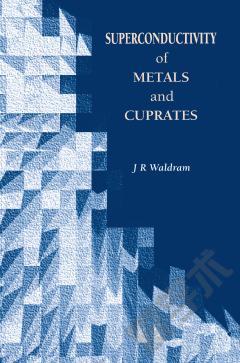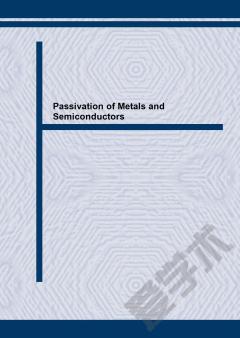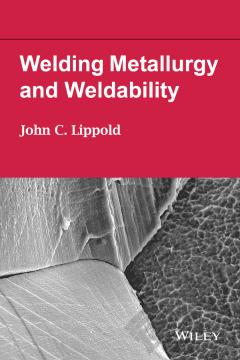Superconductivity of Metals and Cuprates
^IIntroduction: The discovery and occurrence of superconductivity. Plan of the book. ^IThe superfluid: The pair wavefunction [ ]. The superfluid velocity and density. Absence of resistance. Magnetic fields, use of vector potential and guage covariance. The london equations, penetration depth. The London guage. Flux quantisation. Absence of thermoelectric effects. ^IThe phase transition: Phase diagram in the B-T plane. { }F, { }S and { }C in zero field. Magnetic energies, Meissner effect. The critical field Bc (T). ^IGinzburg-Landau theory: The Ginzburg-Landau free energy density. The Ginzburg-Landau equations and boundary conditions. Penetration depth, coherence length and [ ]. Boundary energy. Flux vortices. ^IType I and Type II superconductors: Type I superconductors, the intermediate state. Landau's branching model, critical currents. Type II superconductors. Bc1, the flux lattice. Bc@ and Bc#. Flux pinning and flux flow. Critical currents and the peak effect. Critical currents and type II behaviour of thin films. ^IIntroduction to microscopic theory: Description using second quantisation. The attractive interaction. The BCS ground state. The BCS weak coupling model. Single particle excitations and theirproperties, [ ](T). Meaning of [ ] and the superfluid in BCS, [ ](T). Other properties understandable in terms of BCS theory. Gap anisotropy and strong coupling. ^ICoherence lengths and decay times: Results only of Gor'kov theory, the Ginzburg-Landau parameters. Dirty superconductors. The proximity effect. Fluctuations in superconductors. Pippard non-local electromagnetic theory. Surface impedance, infra-red reflectivity. Interfaces and Andreev reflection. Branch crossing and other decay times. ^ITunnelling and the Josephson effect: Giaevar tunnelling. [ ]2F measurements. The Josephson effect at low frequencies. Quantum interference. The plasma resonance. high frequency theory. Other weak links ^ISQUIDs and their uses: dc and rf SQUID explained. SQUID noise and sensitivity. Applications, matching of SQUID circuits. ^IOther applications of superconductivity: Laboratory uses. Superconducting magnets. Applications in heavy engineering. Logic circuits: the Josephson computer. Microwave applications. ^IFurther microscopic theory: Off-diagonal long-range order. Equation of motion method, Bogoliubov equations. Green's function methods, the route to Gor'kov and to Pippard. Gapless superconductors. estimates of Tc, Macmillan theory. Other attractive interaction, p-wave superconductors. ^IThe discovery of high-Tc superconductors: Account of the discovery. Structures, electronic states, phonon structure and normal state properties. Effects of stoichiometry on Tc. The isotope effect. ^IProperties of high-Tc superconductors: Magnetisation, critical current densities. The glassy state. Heat capacity. Microwave surface impedance. Critical point behaviour. Tunnelling behaviour. Spectroscopy. spin resonance. ^IMechanisms of high-Tc superconductivity: Appendices.
{{comment.content}}








 京公网安备 11010802027623号
京公网安备 11010802027623号